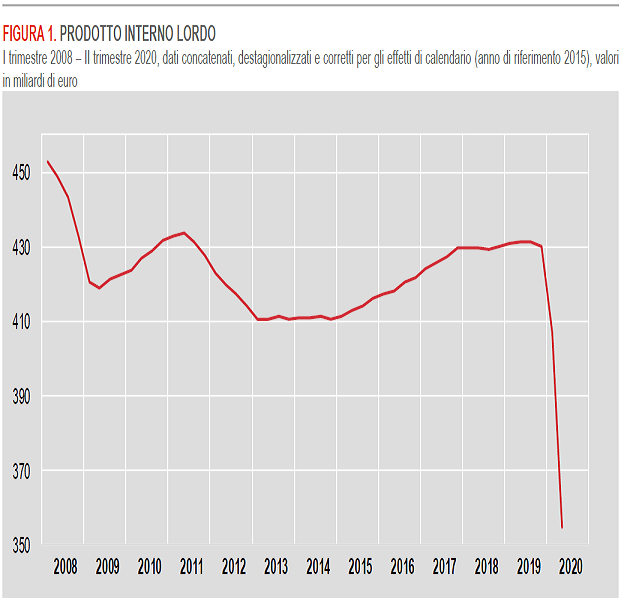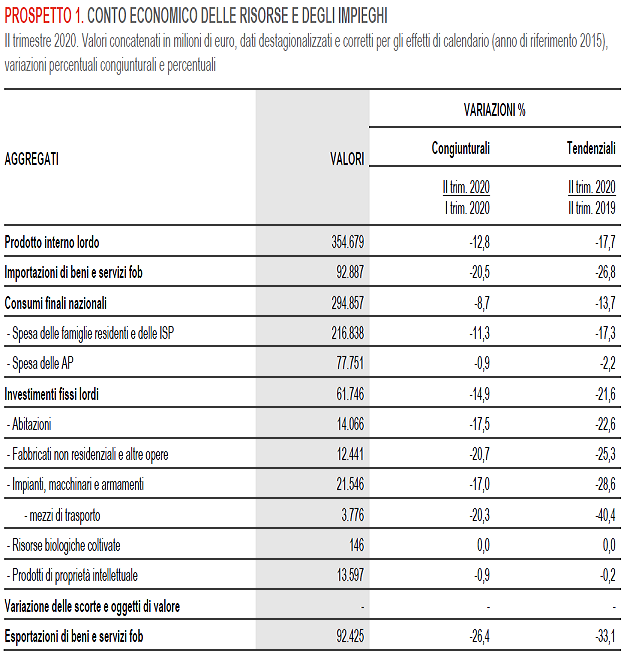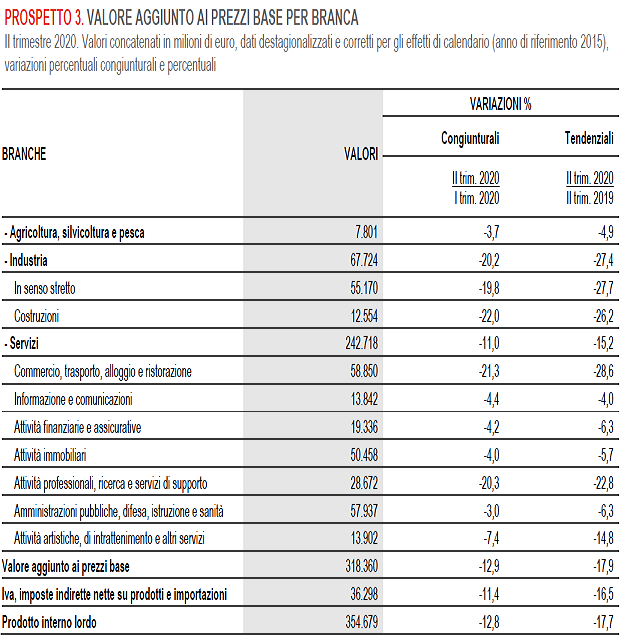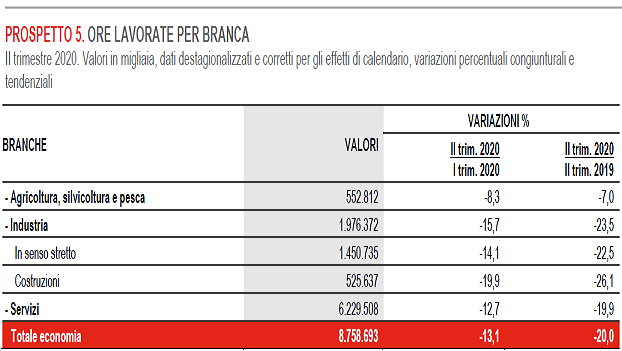Giuseppe Sandro Mela.
2021-08-07.

Istat. Commercio al dettaglio
– A giugno 2021 si stima una lieve crescita congiunturale per le vendite al dettaglio (+0,7% in valore e +0,6% in volume). Sono in aumento sia le vendite dei beni alimentari (+1,1% in valore e in volume) sia quelle dei beni non alimentari (+0,3% in valore e in volume).
– Nel secondo trimestre del 2021, in termini congiunturali, le vendite al dettaglio aumentano del 2,7% in valore e del 2,9% in volume. La crescita è ampia per i beni non alimentari (+4,4% in valore e +4,8% in volume), più contenuta per gli alimentari (+0,6% in valore e +0,5%in volume).
– Su base tendenziale, a giugno 2021, le vendite al dettaglio aumentano del 7,7% in valore e dell’8,1% in volume. Anche in questo caso la dinamica positiva è particolarmente sostenuta per le vendite dei beni non alimentari (+11,9% in valore e in volume), più moderata per gli alimentari (+2,5% in valore e +3,0% in volume).
– Tra i beni non alimentari, si registrano variazioni tendenziali positive per quasi tutti i gruppi di prodotti ad eccezione di Giochi, giocattoli, sport e campeggio (-4,6%) e Mobili, articoli tessili e arredamento (-0,2%). Gli aumenti maggiori riguardano Abbigliamento e pellicceria (+24,5%), Calzature, articoli in cuoio e da viaggio (+19,2%) ed Elettrodomestici, radio, tv e registratori (+19,0%).
– Rispetto a giugno 2020, il valore delle vendite al dettaglio aumenta in tutti i canali distributivi: la grande distribuzione (+3,3%), le imprese operanti su piccole superfici (+10,9%), le vendite al di fuori dei negozi (+4,2%) e il commercio elettronico (+23,7%).
* * *
Il commento.
Nel corso del primo semestre del 2021 vi è stato un progressivo aumento delle vendite al dettaglio rispetto all’ultima parte dello scorso anno. Alla lieve crescita congiunturale del primo trimestre è seguita un’accelerazione nel secondo.
L’andamento positivo è stato determinato soprattutto dall’incremento delle vendite dei beni non alimentari, che ancora non recuperano pienamente i livelli antecedenti la crisi: a giugno l’indice di questo comparto, al netto dei fattori stagionali, è inferiore del 2,2% rispetto al febbraio 2020.












